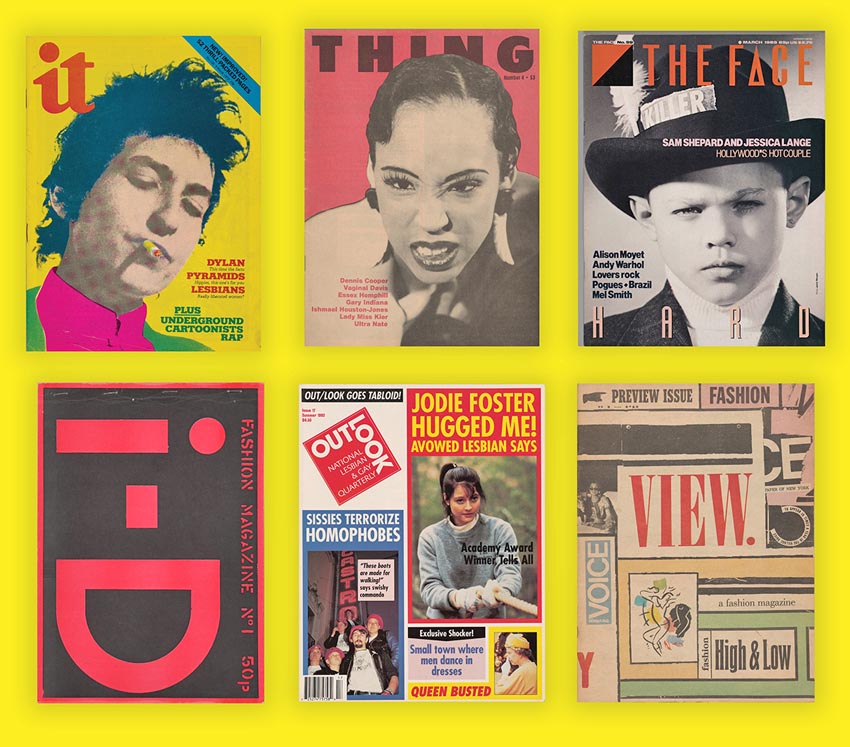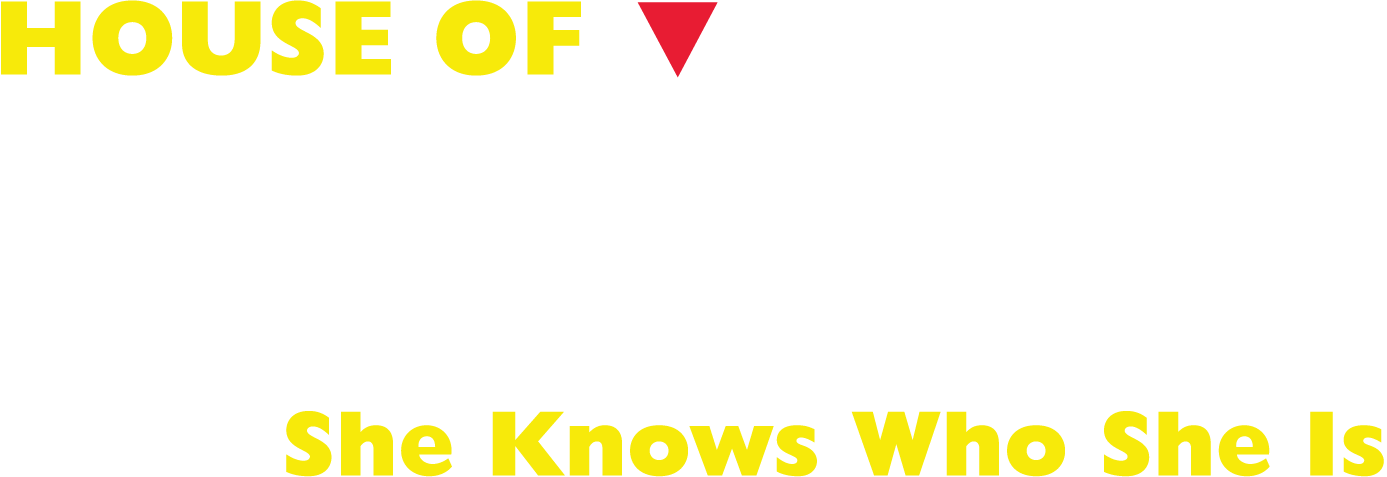
Artists and Alternative Magazines, 1970-1995
On display December 11, 2021–May 2, 2022 at the Art Institute of Chicago.
Beginning in the early 1970s—as underrepresented groups were demanding new forms of visibility following the emergence of political movements such as Black Power and the Stonewall Rebellion—a handful of British and American photo-driven alternative magazines came on the scene.
The Chicago-based Black- and queer-run publication Thing aimed to comment on culture broadly, from the Black Arts Movement to punk—an outlook that the magazine called “participatory enlightenment.”
The Face, i-D, Rags, Out/Look, and other new publications amplified marginalized voices, especially those of queer makers and makers of color, and made room for those makers to question who and what was accepted as mainstream. These publications introduced a hybrid model within the magazine industry: combining the high production standards and engagement with fashion of “powerhouse” publications such as Vogue and Life with the use of collage in zines and the text/image provocations of underground newspapers. In the end, these alternative magazines transformed their industry.
This exhibition brings together over 130 magazines as well as photographs and time-based media works that evidence how these publications, by prizing formal experimentation and generating new affiliations across identities, challenged mainstream definitions of culture and belonging. Jamel Shabazz’s photographs of Black and Latinx communities and Nicola Tyson’s images of a London gay and lesbian club demonstrate how artistic practices, including the practice of circulation, evolved into photographic genres in magazines such as The Source and Blitz. Bill Cunningham’s work in early Details and Picture Newspaper and Peter Hujar’s street photography celebrated styles born on the street, rather than defined by the fashion industry.
Many artists and writers, including Hilton Als and Darryl Turner, Wolfgang Tillmans, Laurie Simmons, Liz Johnson Artur, and Lyle Ashton Harris, were drawn to alternative magazines as a generative space to work out ideas, and these publications became central to their aesthetic as they moved between formats. In turn, artists, including Nan Goldin, Vaginal Davis, and Malcolm McLaren translated key ideas borrowed from magazine layouts into time-based media formats.
Many publications also upset the firm boundaries between categories: the Chicago-based Black and queer-run publications Think Ink and later Thing, for instance, embraced dual roles as both underground zines and glossy magazines intended to reach large audiences. The makers acknowledged that any call to “subscribe” warranted further investigation: to what and with whom does one wish to belong? Think Ink’s back cover suggests that even the most democratic invitation — “to be a part of,” “to sit in on” — could also mean “to be implicated in.” Like many of the publications in Subscribe, Thing playfully explored how to generate new collective identities without sacrificing complexity.
Central to the exhibition is how these alternative magazines relied on collaboration and fostered networks of designers, art directors, stylists, photographers, writers, and readers that were vitally important for rising artists. The show also highlights the ways in which alternative magazines and the artists working within them deftly navigated a difficult path—using mainstream tactics to bring attention to a post-1960s creative underground no longer content with celebrating their outsider status. Nick Logan, founding editor of The Face, expressed these magazines’ sentiment toward mainstream publications in irreverent terms: “Why should the devil have all the best tunes?”
Subscribe coincides with the Art Institute’s acquisition of rare issues of The Face, i-D, Blitz, View (later Vue), and Thing/Think Ink that, following the exhibition, will be accessible to the public through the Ryerson Library Special Collections.
Subscribe is curated by Michal Raz-Russo, Programs Director, The Gordon Parks Foundation, and Solveig Nelson, Julius Rosenwald Postdoctoral Scholar, University of Chicago. Major support for Subscribe is provided by the Zell Family Foundation.
Visit www.artic.edu
